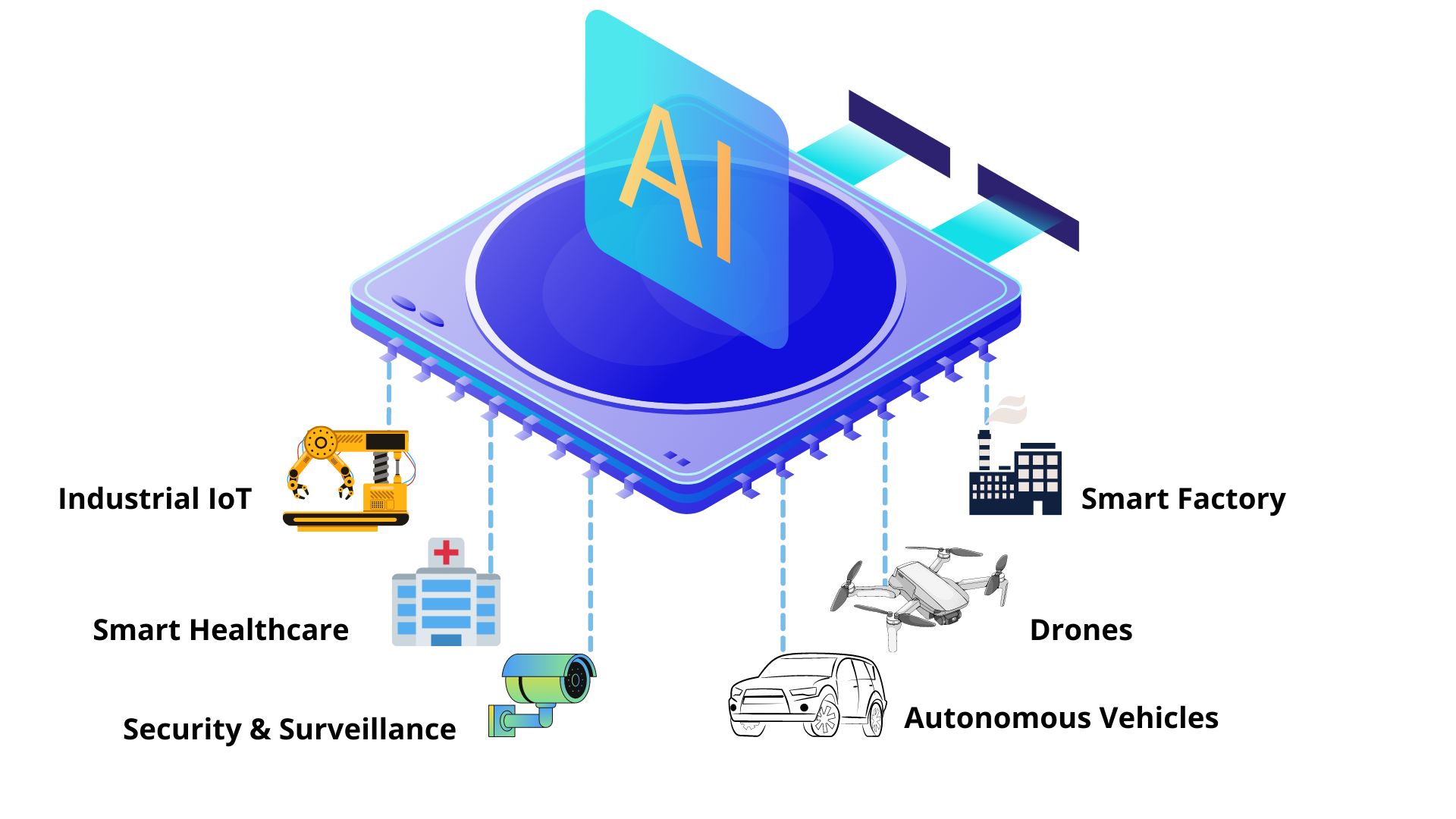
AI-Powered Microchips: Revolutionizing Edge ComputingAI-Powered Microchips: Revolutionizing Edge Computing In the era of ubiquitous connectivity and data-driven decision making, edge computing has emerged as a critical technology for processing and analyzing data at the network’s periphery. To power this transformation, AI-enabled microchips are playing a pivotal role. Edge Computing and AI: A Symbiotic Relationship Edge computing brings computation closer to the source of data, reducing latency and enabling real-time applications. By integrating AI capabilities into microchips, this process becomes even more efficient and effective. AI algorithms can process vast amounts of data in real time, unlocking insights and automating tasks that were previously impractical or impossible. Key Benefits of AI-Powered Microchips for Edge Computing * Improved efficiency: AI algorithms can optimize resource allocation and power consumption, resulting in longer battery life and reduced operating costs. * Enhanced security: AI-enabled microchips can detect and mitigate threats in real time, providing a robust defense against cybersecurity attacks. * Faster decision-making: By processing data locally, AI-powered microchips eliminate the need to transmit data to the cloud, enabling immediate action and reducing response times. * Reduced latency: AI-enabled microchips provide near-real-time data processing, eliminating delays and ensuring a seamless user experience. * Increased scalability: AI algorithms can adapt and scale to changing data patterns, ensuring consistent performance even as the volume and complexity of data increase. Applications of AI-Powered Microchips in Edge Computing The transformative potential of AI-powered microchips extends across a wide range of applications, including: * Smart city management: AI-enabled microchips in city infrastructure can optimize traffic flow, reduce pollution, and enhance public safety. * Autonomous vehicles: AI-powered microchips enable self-driving cars to make real-time decisions, ensuring safety and efficiency. * Healthcare: AI-enabled microchips in medical devices can provide real-time monitoring, diagnostics, and predictive analytics, improving patient outcomes. * Industrial IoT: AI-powered microchips in factory equipment can optimize processes, reduce defects, and improve productivity. * Retail: AI-enabled microchips in stores can provide personalized recommendations, inventory management, and fraud detection. Conclusion AI-powered microchips are revolutionizing edge computing by enabling faster, more efficient, and more secure data processing. By bringing the power of AI to the network’s edge, businesses and organizations can unlock new opportunities, create innovative applications, and improve decision-making processes in real time. As technology continues to evolve, AI-powered microchips will play an increasingly vital role in shaping the future of edge computing and beyond.
Posted inNews